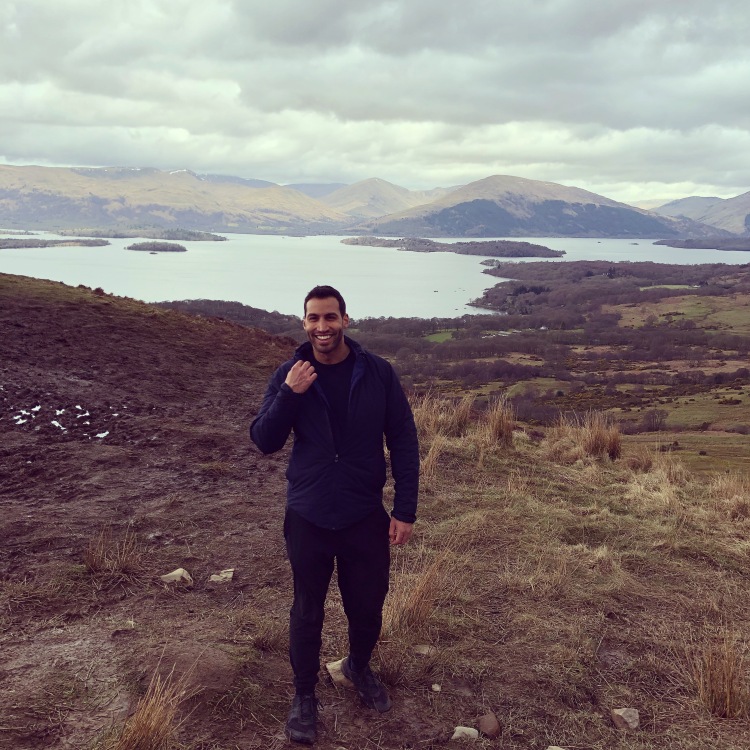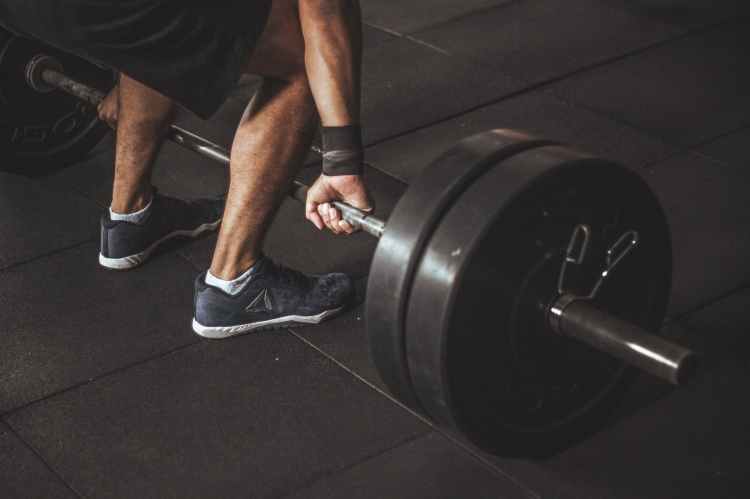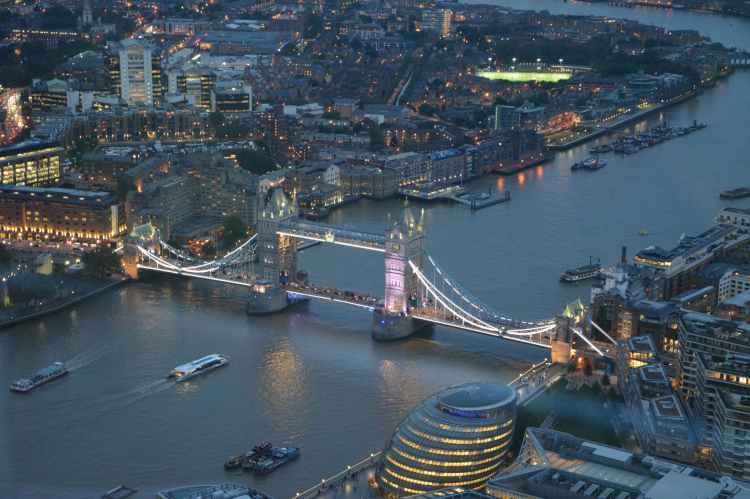
Good sleep hygiene helps ensures that we are fully alert to tackle whatever the next day has in store for us.
How much sleep our bodies needs varies from person to person and also in accordance with our lifespan. We need the most amount of sleep when were young with newborns requiring 14-17hours a day and adults 7-8 hours according to the National Sleep Foundation.
Getting a good bedtime routine isn’t just for kids and this post will teach you all you need to know about sleeping like a baby…
The Bedroom
Your bed should be for one thing only (generally) and thats sleeping.
Therefore, avoid using your bedroom for anything that doesn’t involve the above activities! Yes, that’s right time to remove your TV and/or computers back into the living room.
Black out blinds
Not only to stop your neighbours from getting a good view but also to stop unwanted light in the morning.
Shut out the noise
Everyone has experienced those noisy neighbours upstairs or 2am drunks outside. Why not invest in a cheap set of ear plugs to help drown them out?
Chillllllll…..
Cool quiet rooms are generally best for sleep so keep your thermostat set for between 18-24C.
Me, myself and I
Focus on yourself and your own bedtime routine for ultimate sleep success.
Getting your routine down like clock work
Consistent nighttime routines are key in ensuring that you get off to sleep. Pick the same time each night to go to bed ensuring you get your 7-8 hours of sleep.
Hot bath/shower
A warm shower helps to initiate that ‘sleepy feeling’. The warmth causes blood vessel dilation improving circulation to the muscles and skin helping you to fall into bed feeling completely relaxed.
Meditate
Let’s face it most of us forget to meditate during our busy working days. Why not use the opportunity before bed to either practice meditation or a gentle yoga flow. It’ll leave your body feeling relaxed and primed for sleep.
‘To-do lists’
If you’re one of those people that stays up all night worrying about jobs or work then try write them down before bed. I would recommend doing this a few hours before bedtime to avoid causing anxiety immediately before sleep.
Sleep diary
If the above steps don’t work then you may consider completing a sleep diary to allow your GP or sleep expert to analyse your sleep patterns.











